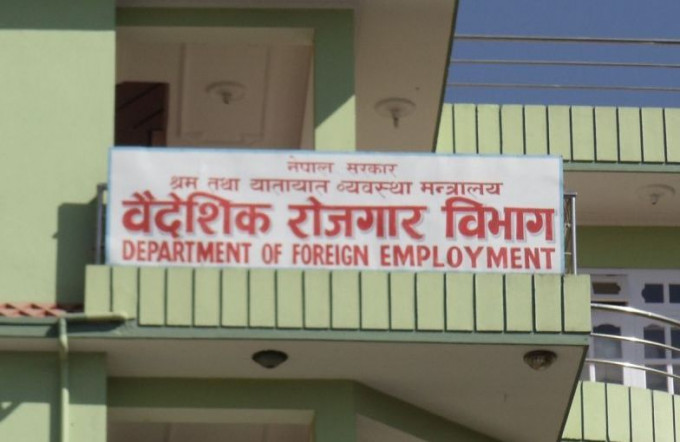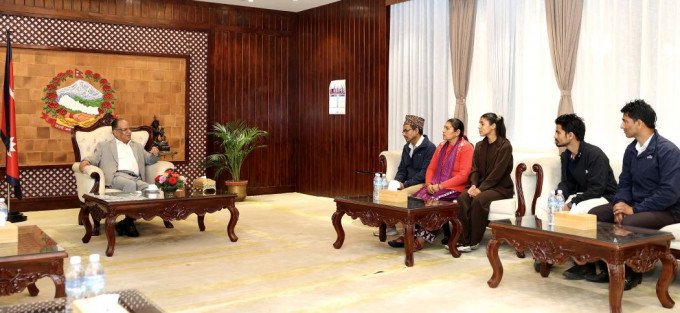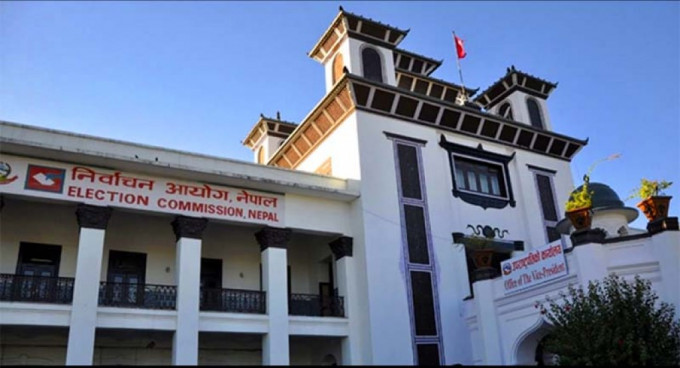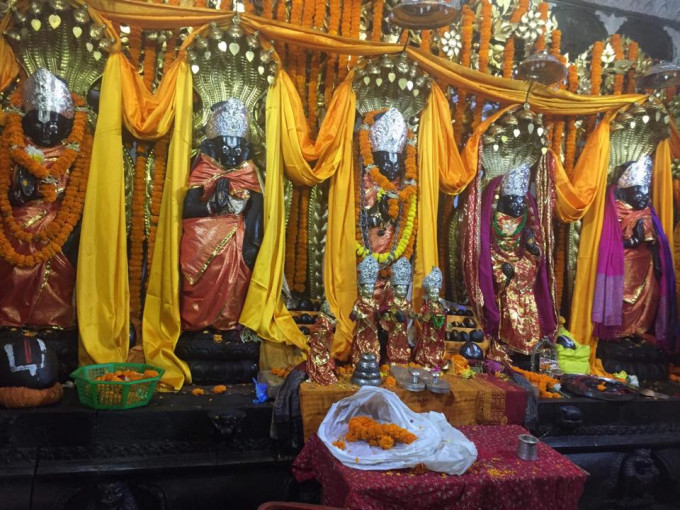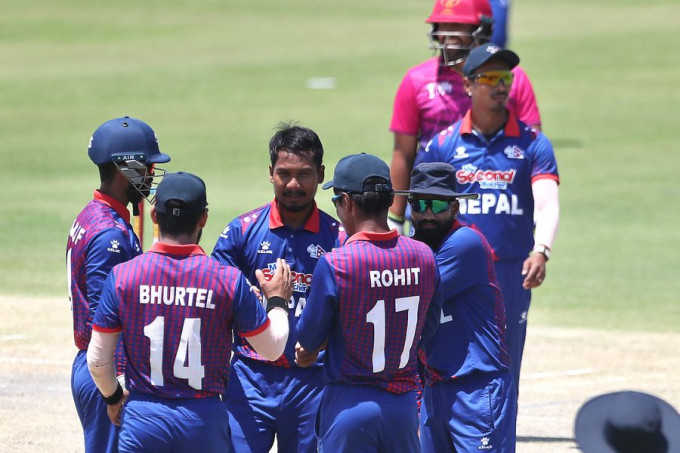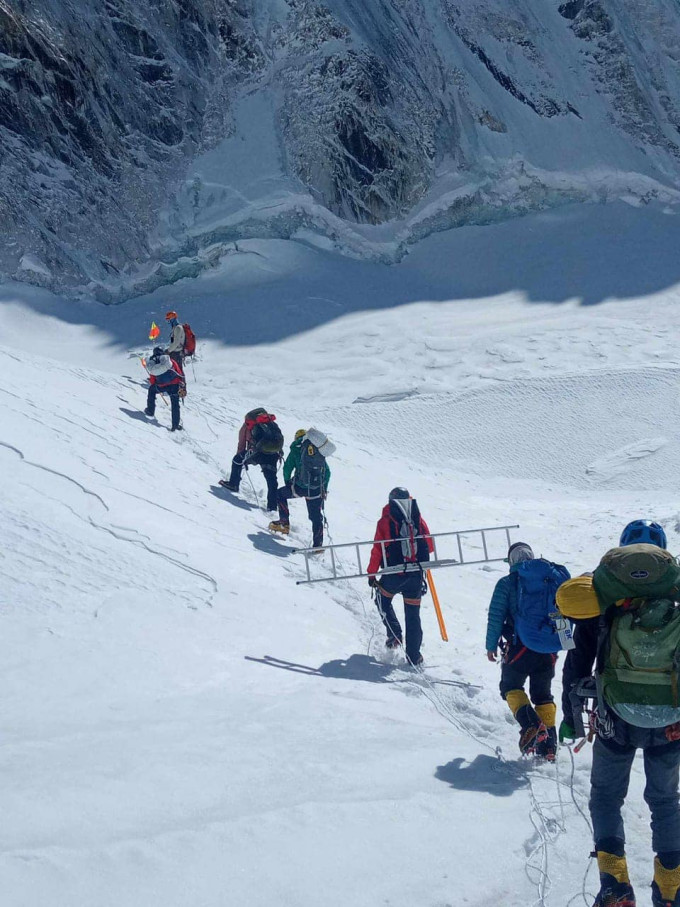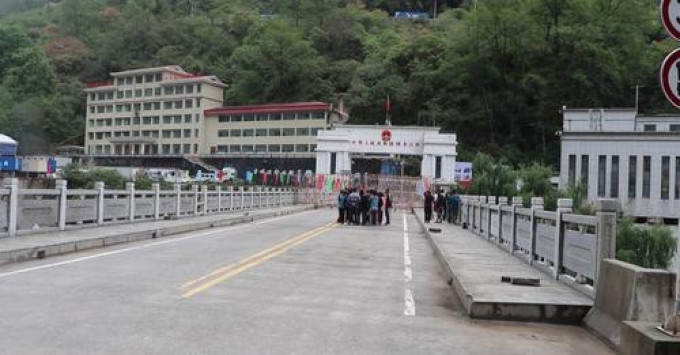COVID-19 infections are rising all over the world and Nepal's COVID-19 tally has risen to 70,8079 taking the death toll to 9,994 as of Thursday.
Despite imposing a 'smart lockdown' the country has witnessed a rise of 2,386 new cases on average daily. NepalNews talked to Nurahari Khatiwada, Joint Secretary at the COVID-19 Crisis Management Centre (CCMC) to gain some insight on what CCMC has been recommending the government do so as to control the pandemic. Excerpts:
What kinds of measures have been imposed in the country to control the pandemic?
Presently, the government has imposed a ‘smart lockdown’ by maintaining the safety parameters and easing the production and supply of essential goods. Smart lockdown can be flexible. It can be intensified or eased depending on the current situation.
In a 'smart lockdown', each local level can independently and responsibly decide on its own modality.
Aren’t the new cases of coronavirus increasing due to this weak ‘smart lockdown’?
It is not the case that new cases of infection drop when the lockdown is intensified. We have yet to study which sectors have to be shut down and which to be eased or what kind of services have to be continued in which condition.
Currently, we are acting on assumptions. We have yet to determine the factors causing the increase in infection rate.
Right now, it seems like the ‘smart lockdown’ is similar to almost no lockdown, crowds of people are seen everywhere in the market and everywhere. What do you say about this?
The main point is that it is not possible to fully shut down all the businesses and movement of people always. While imposing lockdown, we must not neglect some other problems people have been facing. The economic and social crisis and other problems of livelihood are also things to be considered.
Complete lockdown is not the solution.
We have to evaluate the services being provided by the hospitals in the current situation, the number of hospitals, beds, quality of treatments being provided by the hospitals. We have to consider the death rate, infection rate, number of outpatients and inpatients at the hospital, the infection positivity rate and everything before we make recommendations to the government on the management of COVID-19 in the country.
It is not practical to close down all the business sectors at once. We are aware that the new cases are increasing but it has to be noted that the death rate is not increasing.
The more the tests are being intensified, the more the result of positive cases. It is not practical to take action based on just the increasing number of cases.
Will there be any change in the modality of the lockdown? When is the next meeting of CCMC?
The ‘Smart lockdown’ will be continued for now. We are at the centre where we always discuss and consult with specialists in various fields.
However, the top-level recommendation Committee meeting including Ministers and chief secretary are occasionally held. Such policymaking meetings are held when different ministries concur to advise the government.
How effective is the smart lockdown?
When we recall the nationwide lockdown imposed last year, we can see that non-covid patients were also badly affected. Many of them could not get dialysis services since they could not go to hospitals. Likewise, cancer patients had to keep waiting for treatment. Thus, taking stock of these things, the modulation of smart lockdown was recommended.
Previously, the patients were neglected during the lockdown. We have learnt many things from the troubles we have faced in the past. The different waves of COVID-19 may spread at different times. But we must not be worried about that.
Why does the prohibitory order issued by the three District Administration Offices of Kathmandu Valley say the examination will be allowed? Is there no risk of transmission of infection?
The schools have not been allowed to run classes in the physical presence of teachers and students. It is only the academic examinations that have been allowed.
We cannot ban all those activities just because of the increase in infections. Education is a basic need. The postponement of exams has already affected the future of students. The postponement of exams creates a chaotic situation that results in a lack of resources including manpower in various fields. For instance, in the medical faculty, when there is no exam, institutes cannot take in students. When there is no student that means no manpower. The examination is necessary for the production of skilled human resources.
So, again I say, ‘smart lockdown’ is something that can change its form depending on the situation to decide which sectors have to be closed and which to open.
What is the CCMC focusing on at present?
We have to focus on increasing medical supplies, the capacity of hospitals. Enforcing the closure of businesses cannot make us free from the pandemic.
Presently, the situation is not that bad. If the situation becomes worse, we can intensify the lockdown. That is ‘smart lockdown’.
There are many people waiting to get the booster dose of the Covishield vaccine, and the time gap for the booster dose has become uncertain. Will it work if we get the AstraZeneca?
We have been trying to bring the vaccines from any country wherever possible. We need to import AstraZeneca equivalent to India-manufactured Covishield.
There is no such fixed time gap of one or two months between the first and second doses of vaccines. The studies carried out by various research institutes differ.
Some studies say the booster dose works effectively after taking it at a gap of 10 months. These are just assumptions.
It will work even when some people have missed the second dose. If did not work then another additional dose can be included. The Health Ministry and CCMC are working together to make the vaccines available. There is a shortage of vaccines everywhere. But we are trying hard for the procurement of vaccines. It is hard to get the vaccines at the stipulated time.
How many doses of vaccine do we have?
We have already received about 9.5 million doses of vaccines. Another 15 million doses will arrive in the country by the end of March. But there is no guarantee, there is an agreement but nothing can be said until they arrive in the country.
The whole process of procuring the vaccines, vaccinating people and bringing the situation under control takes a long time and of course, is a long process. This cannot be done in haste and at once.
We have to have patience. It is not a one-sided procedure. We cannot manufacture the vaccines ourselves, so we have to depend on the countries that manufacture them.
Whatever is available in the world will be brought. Japan is also sending AstraZeneca in a few days.
What is the solution to managing the COVID-19 pandemic?
Vaccination is the best solution.
But at the same time, we have to make preparations. In case of an increase in infection rate, we have to increase the supply of oxygen. Oxygen supply is very important. Lots of patients died due to shortage of oxygen. The long-term solution is vaccination.
In order to curb the transmission of the infection, the gathering of people can be banned, but it is not possible to completely close the market.
Nepal has no capacity to support the livelihood by providing relief packages and compensation. There are other factors in society we have to consider. We have to create such an environment that people can earn their living. If they fail to do so, there could be other problems in society.
We have to keep the balance of both the prevention of infection and ensure employment opportunities. We cannot enforce complete lockdown leaving people to starve to death.
We have to extend the services provide by hospitals and their capacity. The number of beds and oxygen supply has to be increased.
Health professionals including doctors and nurses have to be encouraged for boosting their morale. Creating an environment conducive for the patients to get treatment easily at any hospital is very important.
Another thing is that we cannot control the infection just by enforcing people to stay indoors. Everybody should adopt health protocols like maintaining social distances, using masks and sanitisers and avoiding gatherings. Despite that, if the cases increase there comes treatment.
About 80 per cent of the COVID-19 patients can be cured at home isolation or quarantine following advice from medical practitioners.
However, vaccination is necessary. We have to wait till the end of March for the complete vaccination.
Everybody has equal responsibility and role in controlling the pandemic. Taking health safety measures will make it easier for all sides.
READ ALSO:

